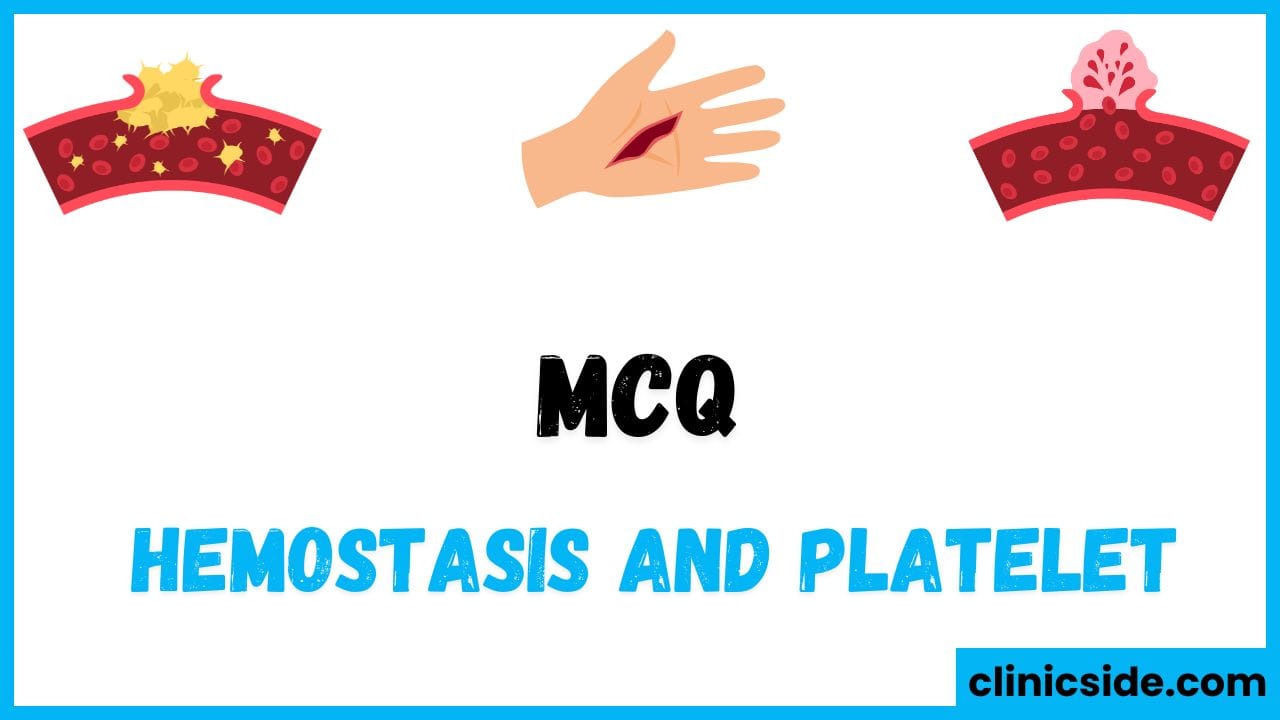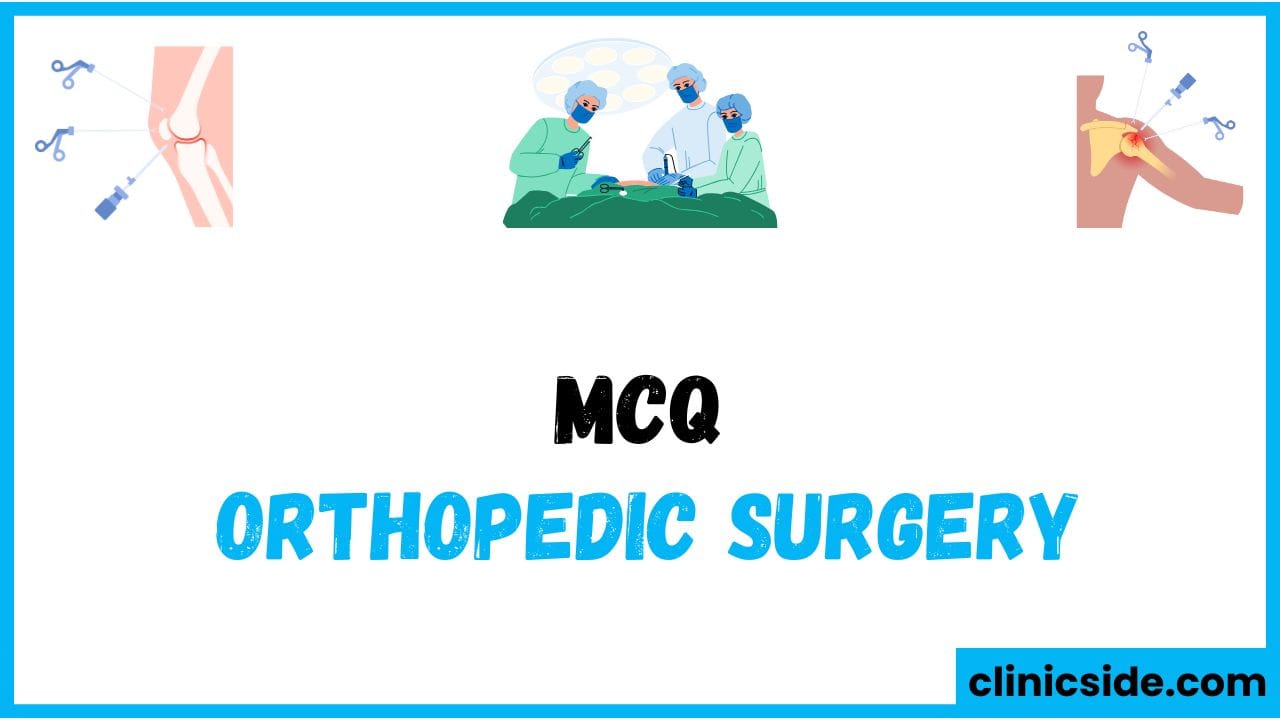Quiz
Available options: 1 to 20
Overview of Hemostasis and Platelet Functions
Platelet Count and Its Importance
Platelets, also referred to as thrombocytes, are vital components of blood involved in clotting. Their normal concentration ranges from 150,000 to 400,000/μL. A low count, known as thrombocytopenia, raises the likelihood of excessive bleeding. Conversely, an elevated count, called thrombocytosis, increases the risk of abnormal clot formation, potentially leading to conditions such as thrombosis. Monitoring platelet levels helps diagnose and manage these abnormalities effectively.
Platelets and Their Role in Clotting
The main function of platelets is to prevent blood loss by promoting clot formation. When a blood vessel is injured, platelets adhere to the exposed surfaces, clump together, and release signaling molecules to recruit more platelets. This process forms a temporary plug, which is later stabilized by fibrin, ensuring the injury site is sealed.
Initiation of the Clotting Process
The clotting process begins with vasoconstriction, where the blood vessels constrict to reduce blood flow at the site of injury. Platelets then aggregate and activate the coagulation cascade. This cascade, a series of reactions involving clotting proteins, results in the formation of fibrin, which reinforces the platelet plug, creating a stable clot.
Coagulation Factors and Their Roles
Proteins involved in the coagulation cascade play critical roles in forming a stable clot. For instance, fibrinogen (Factor I) is transformed into fibrin by thrombin, forming the clot’s framework. Another crucial protein is Factor VIII, whose deficiency leads to Hemophilia A, a condition marked by impaired clotting. Knowledge of these factors aids in understanding and treating clotting disorders.
Natural Anticoagulants in Hemostasis
The body prevents excessive clotting through natural anticoagulants. Antithrombin III is one such protein that regulates thrombin and other clotting factors, ensuring a balanced clotting response. A deficiency in such anticoagulants can result in excessive clotting, emphasizing their importance in maintaining hemostasis.
Role of Vitamin K and Calcium in Clotting
Vitamin K is essential for producing several clotting factors, including Factors II, VII, IX, and X. A lack of this vitamin can impair blood clot formation. Calcium also plays a crucial role by activating these factors, enabling the coagulation process. Both are indispensable for normal clotting function.
Diagnostic Tools for Clotting Disorders
Tests like aPTT (Activated Partial Thromboplastin Time) and PT/INR help evaluate the coagulation pathways. The former assesses the intrinsic pathway, while the latter is used to monitor warfarin therapy and evaluate the extrinsic pathway. These tools are instrumental in diagnosing and managing coagulation disorders and anticoagulant therapies.
Disorders Affecting Platelets and Clotting
Several conditions can disrupt clotting mechanisms. Von Willebrand disease affects platelet adhesion and aggregation, while Disseminated Intravascular Coagulation (DIC) leads to widespread clotting and bleeding. Prompt recognition and treatment of such disorders are critical to preventing severe complications.
Medications Impacting Platelet Function
Drugs like aspirin affect platelets by inhibiting thromboxane, a molecule that facilitates their aggregation. While this reduces the risk of harmful clotting, it also heightens bleeding tendencies. Proper medication management is essential, particularly for patients prone to bleeding or on anticoagulant therapy.
Breaking Down Blood Clots
After a clot has fulfilled its purpose, the body dissolves it through fibrinolysis. In this process, plasmin, derived from plasminogen, breaks down fibrin, removing the clot. This ensures normal blood flow resumes and prevents complications from unnecessary clot persistence.
Conclusion
This summary highlights the fundamental aspects of hemostasis, including the functions of platelets, the clotting cascade, and related disorders. Understanding these concepts is essential for identifying, treating, and managing conditions that affect bleeding and clotting processes, ensuring comprehensive patient care.






Good thank you
thanks